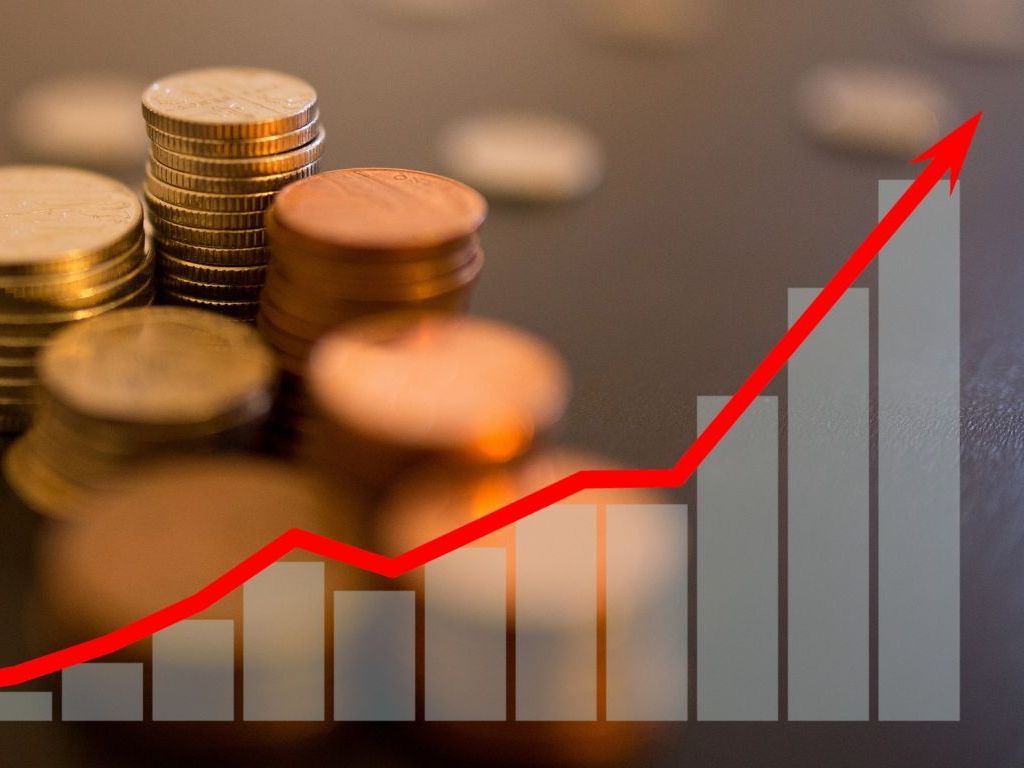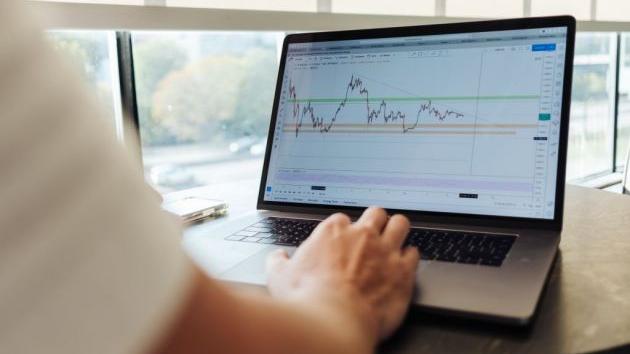World Bank Forecasts Growth of Serbian Economy of 3.5% in Latest Report – Reform of Education and State-Owned Companies Necessary
Source: eKapija
 Thursday, 11.04.2024.
Thursday, 11.04.2024.
 13:03
13:03
 Thursday, 11.04.2024.
Thursday, 11.04.2024.
 13:03
13:03
Illustration (Photo: Pixabay.com/Tumisu)

Over the medium term, the economy is projected to grow steadily at around 3-4% annually, supported by increases in consumption and investment, and a continued strong performance of exports.
Foreign direct investment is expected to continue to play a key financing role.
Inflation, as said, is expected to decline gradually and to return to the NBS target band by mid-2024.
Fiscal deficit will continue to decrease and stabilize at around 1.5% of GDP. The banking sector is expected to remain resilient.
– While Serbia’s economy is expected to continue to grow, contributing to income growth for households, rising inflation will limit purchasing power. Particularly, rising energy prices would disproportionately affect the poor. The pace of labor market recovery remains critical for resumed poverty reduction – the report says.
The outlook, it is pointed out, also crucially depends on the domestic reform agenda and its implementation.
– In particular, structural reforms in education, SOEs, along with further improvements in governance would pay off since those should incentivize private investors to invest more and to raise the quality of foreign investments in Serbia – the report says.
Western Balkans should return to pre-pandemic economic growth
The report says that economic growth in the Western Balkans slowed to 2.6% in 2023, from the 3.4% reached in 2022, reflecting the impact of weak growth in the European Union (EU), a key trading partner for the Western Balkans.
With the ongoing impact of Russia’s invasion of Ukraine and the inflationary spike that it unleashed, the EU’s growth slowdown, from 3.6% in 2022 to 0.6% in 2023, impacted adversely trade, investment and business confidence in the Western Balkans.
However, as of end-2023, levels of real GDP in the Western Balkan countries surpassed the pre-pandemic levels. Growth performance surprised positively in Serbia and Montenegro, the report says.
The regional labor market continued to perform well in 2023. Unemployment declined across all countries, with the overall rate reaching 10.9% in 2023. Real wages increased in 2023, reversing trends in 2022 during which inflation outpaced wages.
Poverty in the Western Balkans returned to its declining trend during 2023, but at a slower pace than pre-pandemic, from over 3 percentage points annually pre-pandemic to about 1 percentage point annually between 2022 and 2025.
After increasing to levels not seen in decades, inflation rates in the region fell during 2023, primarily driven by decelerating international commodity prices, particularly energy and food, which account for a high share of consumption baskets in the region.
While the region is expected to return to its pre-pandemic trend in 2024, this is insufficient to enable faster convergence with EU income levels over the medium term. The EU’s new Growth Plan for the Western Balkans, approved in late 2023, offers an opportunity to catalyze growth-enhancing reforms and investments.
The entire report on Serbia can be seen in the PDF file.
I. Z.
Tags:
World Bank
National Bank of Serbia
Western Balkans Regular Economic Report
inflation
GDP
economic growth
Comments
Your comment
Naš izbor
Most Important News
Full information is available only to commercial users-subscribers and it is necessary to log in.
Follow the news, tenders, grants, legal regulations and reports on our portal.
Registracija na eKapiji vam omogućava pristup potpunim informacijama i dnevnom biltenu
Naš dnevni ekonomski bilten će stizati na vašu mejl adresu krajem svakog radnog dana. Bilteni su personalizovani prema interesovanjima svakog korisnika zasebno,
uz konsultacije sa našim ekspertima.


 Izdanje Srbija
Izdanje Srbija Serbische Ausgabe
Serbische Ausgabe Izdanje BiH
Izdanje BiH Izdanje Crna Gora
Izdanje Crna Gora


 News
News










